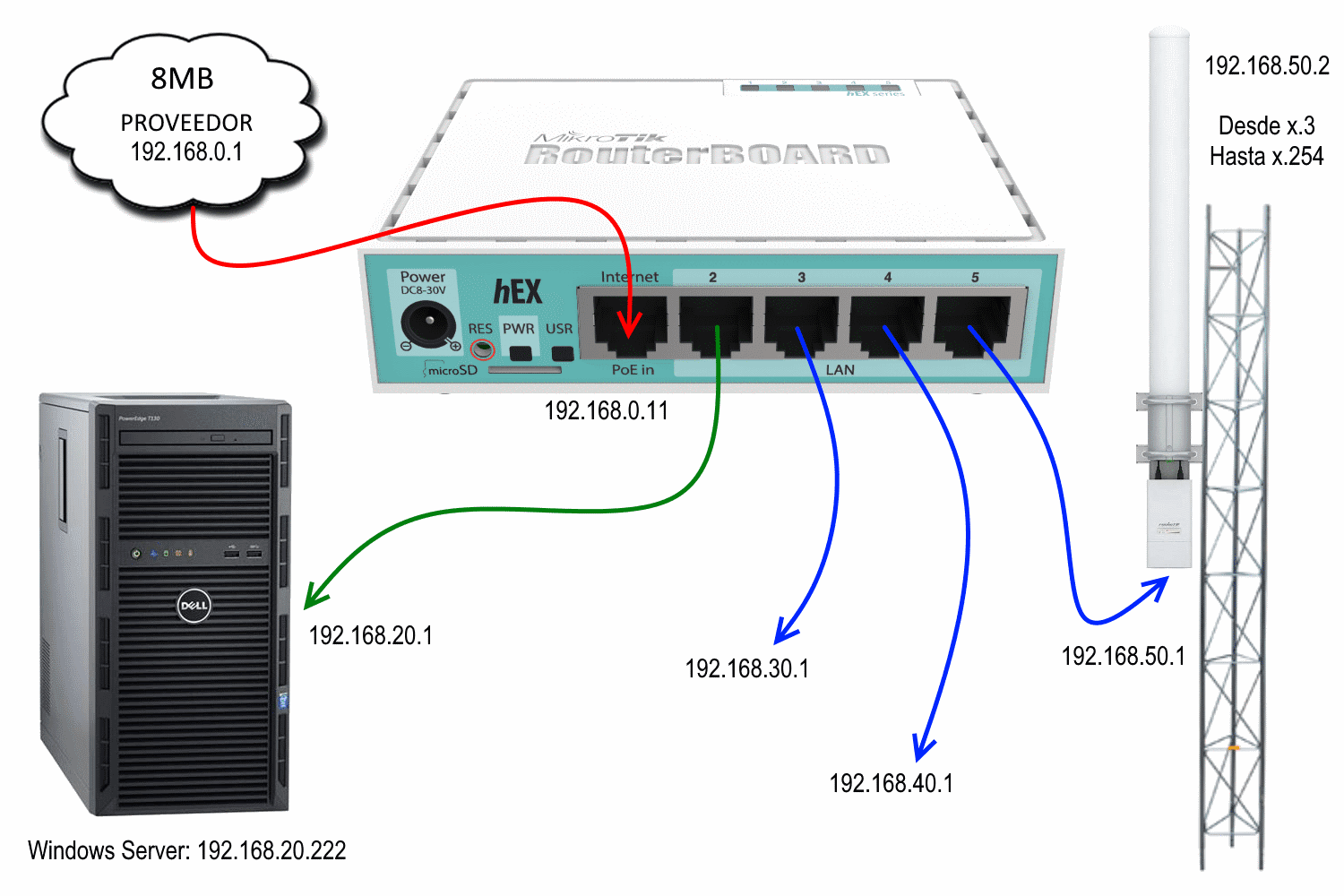

The specific connectivity is in the overview drawing below. Lab overview: The lab consists of (2) CCR2216 routers running ROSv7.2 stable connected to a ProxMox hypervisor that runs (4) Linux route generators and MikroTik CHRs (also on 7.2) acting as border routers.

This was tested under a 25 Gbps load on both routers with a cpu load of 12%. TLDR 2.1 million routes learned and forwarding in 46 seconds and withdrawn in 44 seconds. Hope this is helpful and look for more BGP perf tests in the coming months!

When the CCR2216-1G-12XS-2XQ was released and MikroTik entered the world of 100G, we ordered some right away to test and just got them in the lab a few days ago – the results are below. Testing BGP performance is a long process of lab and prod evaluation, so we decided to run some quick and basic tests to get a baseline. One of the long-awaited features is improved BGP performance and the ability to leverage multiple CPU cores. MikroTik has come a long way since the first release of RouterOS v7 beta.


 0 kommentar(er)
0 kommentar(er)
